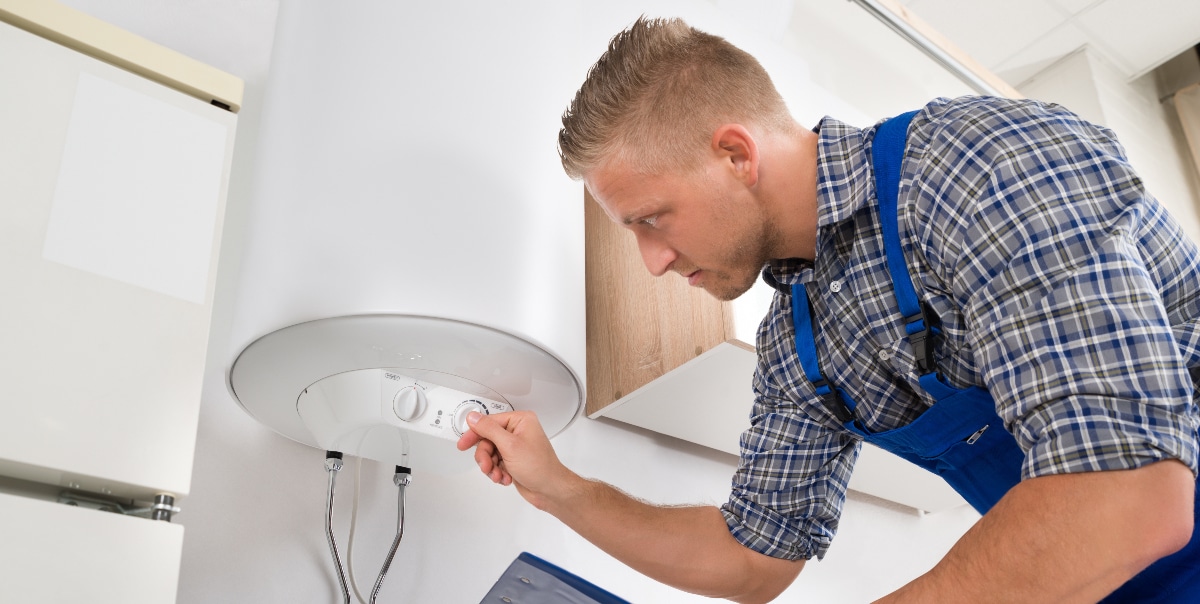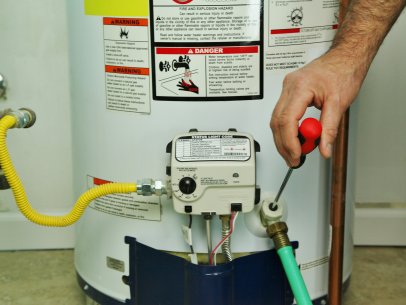The writer is making a number of great points relating to How to Maintain Your Water Heater & Prolong its Life in general in this article following next.

Hot water is essential for daily convenience, whether it's for a revitalizing shower or cleaning meals. To ensure your hot water system runs successfully and lasts longer, regular upkeep is essential. This article provides sensible pointers and understandings on exactly how to maintain your home's warm water system to stay clear of interruptions and costly repairs.
Intro
Preserving your home's hot water system might appear complicated, but with a couple of basic steps, you can guarantee it operates efficiently for years ahead. This overview covers whatever from understanding your warm water system to DIY upkeep suggestions and knowing when to employ expert help.
Value of Preserving Your Warm Water System
Regular upkeep not only extends the life-span of your hot water system yet likewise ensures it runs efficiently. Disregarding maintenance can lead to lowered efficiency, greater energy costs, and even early failure of the system.
Indicators Your Hot Water System Demands Upkeep
Understanding when your warm water system needs focus can avoid significant problems. Watch out for indicators such as inconsistent water temperature level, unusual sounds from the heater, or corroded water.
Flushing the Hot Water Heater
Flushing your hot water heater removes debris buildup, enhancing performance and prolonging its life.
Monitoring and Changing Anode Rods
Anode rods protect against deterioration inside the tank. Checking and replacing them when worn is critical.
Complicated Concerns Requiring Expert Aid
Examples include significant leaks, electrical troubles, or if your water heater is regularly underperforming.
Regular Specialist Maintenance Perks
Specialist maintenance can include complete examinations, tune-ups, and ensuring conformity with safety requirements.
Evaluating and Adjusting Temperature Settings
Adjusting the temperature level setups makes certain optimal performance and safety and security.
DIY Tips for Maintenance
You can carry out a number of maintenance tasks yourself to keep your hot water system in top problem.
Looking for Leakages
Regularly inspect pipes and connections for leaks, as these can result in water damages and greater expenses.
Comprehending Your Hot Water System
Prior to diving right into upkeep tasks, it's valuable to recognize the basic parts of your warm water system. Usually, this includes the water heater itself, pipes, anode poles, and temperature level controls.
Month-to-month Upkeep Tasks
Regular monthly checks can help capture small issues before they rise.
Testing Stress Alleviation Valves
Examining the pressure safety valve guarantees it functions correctly and protects against excessive stress accumulation.
Protecting Pipes
Shielding warm water pipelines decreases warm loss and can save power.
When to Call a Specialist
While do it yourself upkeep is helpful, some issues call for specialist competence.
Conclusion
Normal upkeep of your home's hot water system is essential for performance, durability, and cost financial savings. By complying with these tips and recognizing when to look for expert help, you can make certain a reputable supply of hot water without unforeseen disturbances.
Water Heater Maintenance: The Basics
Maintaining your water heater will ensure it operates efficiently and has a longer lifespan. Neglecting regular maintenance can lead to costly repairs and an even bigger chunk of your savings if you have to replace it sooner than necessary. But there’s good news: Most water heater maintenance tasks are relatively simple and easy for homeowners with basic DIY skills.
Flush the Water Heater
Over time, sediment and minerals can build up in the tank, reducing its efficiency and potentially causing damage. To flush the tank, turn off the power or gas supply, attach a hose to the drain valve near the bottom and open the valve to drain the water until it runs clear. Ideally, flush the tank annually.
Replace the Anode Rod
The anode rod is a sacrificial metal rod that helps prevent corrosion inside the tank. Inspect and replace it every three to five years or per the manufacturer's recommendation. To replace the anode rod, turn off the power or gas supply, drain a few gallons of water from the tank, unscrew the old rod and replace it with a new one. If the anode rod is significantly corroded or covered in calcium buildup, it's a sign the water heater may need to be replaced soon.
Tune-Up
A yearly tune-up can help identify potential issues and ensure your water heater operates at peak efficiency. This typically involves checking the thermostat, burner assembly (for gas heaters) and any other components specified by the manufacturer. During a tune-up, the technician may also clean the burner and adjust the pilot light (for gas heaters) or examine the heating elements (for electric heaters).
How to Maintain Your Water Heater
- Insulate the tank. Insulating the tank can improve energy efficiency and reduce heat loss, saving you money on energy bills. You can purchase precut insulation blankets designed specifically for water heaters or use standard fiberglass insulation wrapped securely around the tank.
- Check the temperature. The recommended water temperature for most households is around 120 degrees Fahrenheit (49 degrees Celsius). Higher temperatures can increase energy costs and potentially cause scalding. Use a kitchen thermometer to check the temperature at the faucet nearest the water heater.
- Monitor water pressure. Excessive water pressure can strain the water heater and cause leaks or even tank failure. Install a pressure-reducing valve if necessary. The ideal water pressure range is between 60 and 70 PSI (pounds per square inch).
- Test the temperature and pressure (T&P) relief valve. The T&P relief valve is a safety feature that releases pressure if the tank gets too hot or the pressure builds up too high. Test it annually by lifting the lever and allowing a small amount of water to release. Replace the valve if it doesn't release water or reseal properly.
- Check for leaks. Regularly inspect the tank, pipes and fittings for leaks or corrosion. Deal with issues promptly to prevent further damage. Even a small leak can lead to significant water damage over time.
- Consider a tankless water heater. If your traditional tank-style water heater is nearing the end of its lifespan ( typically 10 years), consider replacing it with a tankless water heater. These units heat water on demand, reducing standby energy losses and potentially saving you money on your energy bills.
- Schedule professional maintenance. While homeowners can perform many water heater maintenance tasks, it's still a good idea to schedule professional maintenance every few years. A plumber or HVAC technician can thoroughly inspect the unit, identify potential issues and ensure it operates safely and efficiently.
https://www.homeserve.com/en-us/blog/home-improvement/hot-water-heater-maintanence/

I hope you liked our article on How to Maintain a Hot Water Heater in a Few Simple Steps. Thank you for spending some time to read our blog. Are you aware of someone else who is fascinated by How to Maintain a Hot Water Heater in a Few Simple Steps? Take a moment to promote it. We enjoy your readership.
Request Estimate
Comments on “Expert Tips on Maintaining Your Home's Hot Water SystemWays to Extend the Life of Your Home's Hot Water System Through Maintenance”